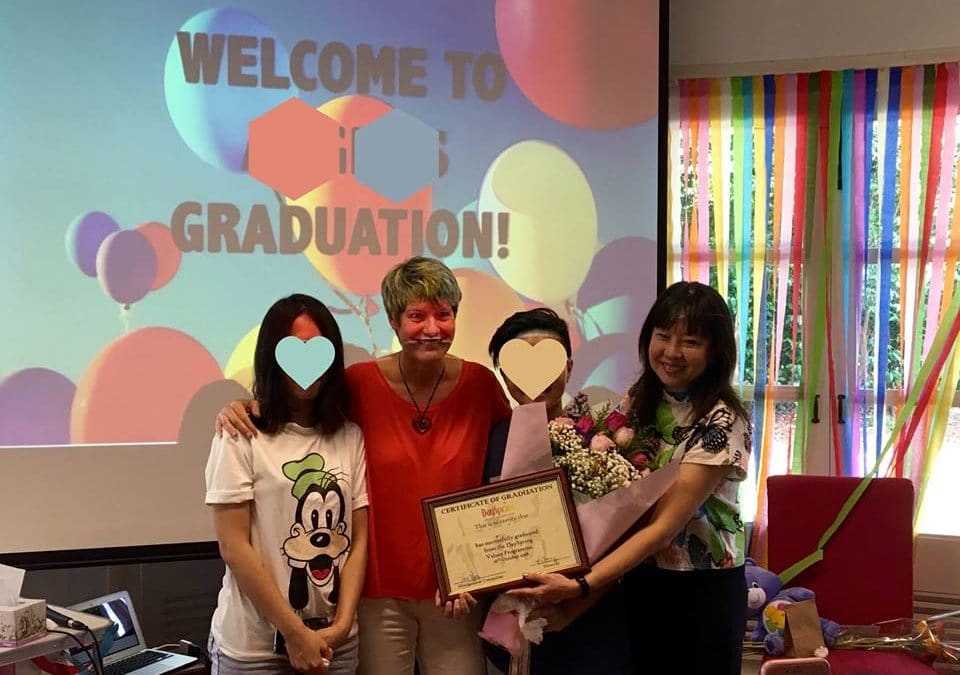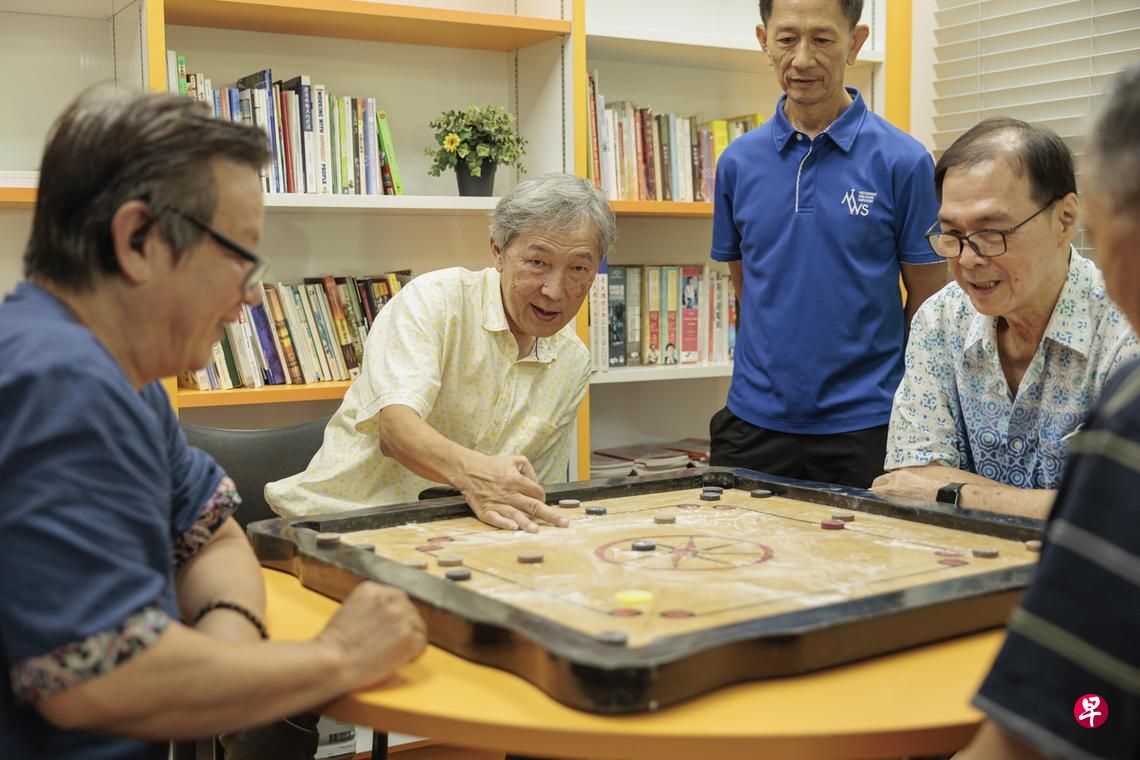Dayspring Residential Treatment Centre – Letter to a donor


Dear Donor,
Thank you for your support of Dayspring Residential Treatment Centre.
We recently attended a graduation ceremony there and would like to share with you how it went.
A was accepted into Dayspring Residential Treatment Centre in December 2014. She had severe anger management issues, emotional outbursts and made various attempts to run away from the home. Six months after entering Dayspring, she was so touched by the concern shown by the carers, counsellors and residents there that she decided to turn her life around and ‘graduate’ from the programme. A achieved her target in two years and will soon be leaving Dayspring to begin a new chapter in her life.
As it was her ‘graduation party’, she got to decide who to invite to celebrate her success. Those present included her mother, friends, social workers, volunteers and many others who played a significant role in her life during her turnaround period.
It was not easy for A to share her experiences in front of so many people, but she did so bravely – acknowledging everyone who helped make her the person she is today. Through the process, A had reconciled with her mother and was even able to thank her publicly for her unwavering love and support. This was a quite an achievement considering that A used to have a volatile relationship with her mother.
The guests took turns to offer A words of affirmation and encouragement for the positive changes they saw in her. She was presented with a certificate and a unique butterfly necklace which symbolised her growth and transformation. The staff and residents also produced a video documenting her journey in Dayspring.
With the help of Dayspring, A is currently training under a pastry chef at the Fullerton Hotel. We were all privileged to taste the delicious Nutella cake personally baked by A. Looking ahead, A will be working hard towards achieving her dream of becoming a chef, and owning restaurants, bars and cafés around the world.
The graduation ceremony provided us with a glimpse of the extensive work that Dayspring undertakes in rehabilitating teenage girls like A and giving them the last mile opportunity to turn their lives around. It gave us a chance to appreciate the work of the centre and get to know the girls a little better. It was an afternoon well spent and we certainly missed you at the event.
I am sharing this to show the impact your donation has made on A and many others like her. Thank you for making a difference in their lives.
Best regards,
Belinda Lee
Principal Consultant, Philanthropy & Grants
Community Foundation of Singapore
Dear Donor,
Thank you for your support of Dayspring Residential Treatment Centre.
We recently attended a graduation ceremony there and would like to share with you how it went.
A was accepted into Dayspring Residential Treatment Centre in December 2014. She had severe anger management issues, emotional outbursts and made various attempts to run away from the home. Six months after entering Dayspring, she was so touched by the concern shown by the carers, counsellors and residents there that she decided to turn her life around and ‘graduate’ from the programme. A achieved her target in two years and will soon be leaving Dayspring to begin a new chapter in her life.
As it was her ‘graduation party’, she got to decide who to invite to celebrate her success. Those present included her mother, friends, social workers, volunteers and many others who played a significant role in her life during her turnaround period.
It was not easy for A to share her experiences in front of so many people, but she did so bravely – acknowledging everyone who helped make her the person she is today. Through the process, A had reconciled with her mother and was even able to thank her publicly for her unwavering love and support. This was a quite an achievement considering that A used to have a volatile relationship with her mother.
The guests took turns to offer A words of affirmation and encouragement for the positive changes they saw in her. She was presented with a certificate and a unique butterfly necklace which symbolised her growth and transformation. The staff and residents also produced a video documenting her journey in Dayspring.
With the help of Dayspring, A is currently training under a pastry chef at the Fullerton Hotel. We were all privileged to taste the delicious Nutella cake personally baked by A. Looking ahead, A will be working hard towards achieving her dream of becoming a chef, and owning restaurants, bars and cafés around the world.
The graduation ceremony provided us with a glimpse of the extensive work that Dayspring undertakes in rehabilitating teenage girls like A and giving them the last mile opportunity to turn their lives around. It gave us a chance to appreciate the work of the centre and get to know the girls a little better. It was an afternoon well spent and we certainly missed you at the event.
I am sharing this to show the impact your donation has made on A and many others like her. Thank you for making a difference in their lives.
Best regards,
Belinda Lee
Principal Consultant, Philanthropy & Grants
Community Foundation of Singapore
- Related Topics For You: DONOR STORIES, MENTAL WELLBEING, STORIES OF IMPACT, YOUTH



